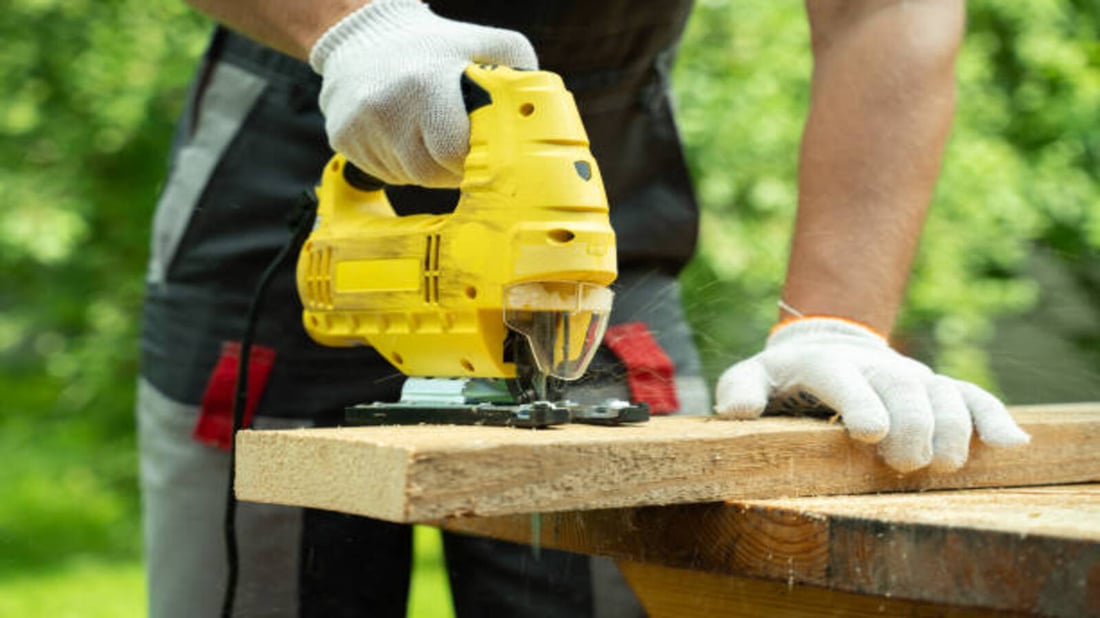How to Select the Right Saw Blade for Your Electric Curve Saw
The saw blade of electric curve saw: Key to Precision Cutting
The saw blade of electric curve saw is essential for executing precise geometric cuts with varying curvature radii on different board materials.
The Components of an Electric Curve Saw
The electric curve saw comprises an electric motor, a gear reducer, a crank slider mechanism, a balancing component, a saw blade clamping device, a power switch, and a connector for power.
Choosing the Saw Blade by Material and Curvature Radius
The saw blade of electric curve saw must be selected based on the material being cut and the curvature radius. Different widths and tooth pitches fulfill these needs.
Specifications for Wood and Plastic
The saw blade of electric curve saw with a 3.5mm tooth pitch is perfect for creating smooth surfaces on various curved wooden parts. It excels at cutting 40mm thick wooden or plastic boards swiftly.
Plywood and Laminated Boards
For plywood and laminated materials, use the saw blade of electric curve saw offering a 2.5mm tooth pitch to achieve versatile curved cuts.
Sawing Aluminum and Similar Metals
The saw blade of electric curve saw with a 1.75mm tooth pitch efficiently cuts through aluminum plates and similar materials.
Steel and Fiberglass Laminate Cutting
For steel and fiberglass, the saw blade of electric curve saw with a 1.36mm tooth pitch is the ideal choice.
Other Materials
The sharp saw blade of electric curve saw can cut through materials like rubber, leather, fiber fabric, foam plastic, and cardboard.
Narrow Blades for Tight Curves
Selecting the width of the saw blade of electric curve saw is crucial for tight curvature cuts. A narrow blade is ideal, for instance, an 8mm width for a 10mm radius on wood.


